Can You Still Eat Caviar If You’re Against the Russian Invasion of Ukraine?
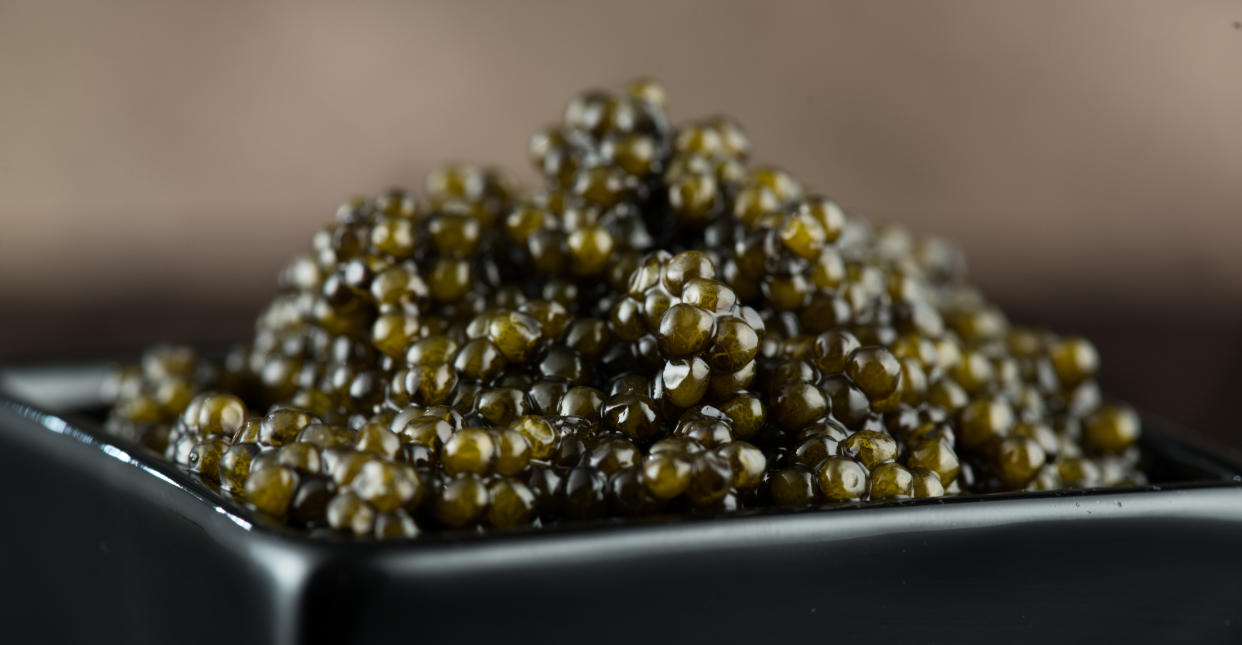
If you purchase an independently reviewed product or service through a link on our website, Rolling Stone may receive an affiliate commission.
As the Russian invasion of Ukraine bleeds into another month, consumers are using their wallets to protest Russia’s attempted takeover of its neighbor to the west. The movement to freeze out Russian-made products has led to calls to boycott everything from vodka to diamonds to oil, and it’s now reached the fine dining arena, with the UK recently imposing sanctions on Russian caviar.
More from Rolling Stone
The Cheapest Place for Gas Right Now Could Be Walmart... But There's a Catch
Adidas Teams Up With Queer Artist Kris Andrew Small for Pride Athleisure Collection
But do these boycotts actually make a difference? And caviar? How should foodies (and consumers) be feeling about this quintessentially Russian delicacy? According to most food vendors, it’s actually pretty easy to find non-Russian caviar in restaurants and online.
Citarella owner/fishmonger Joe Gurrera is a seafood legend in New York, with his wholesale business (Lockwood & Winant) occupying the largest square footage at the iconic Fulton Fish Market. Gurrera, who has been selling seafood and caviar to some of the biggest restaurants in the city for years, says Russian caviar represents just a fraction of the caviar market, and there are some decent alternatives.
“Today, some of the finest caviars are produced in many countries around the world,” Gurrera says, reassuringly. “The breeds of sturgeon from which they harvest the roe share a Russian/Iranian ancestry, but are raised in different countries by methods that are sustainable.”
Gurrera, who authored a book called Joe Knows Fish: Taking the Intimidation out of Cooking Seafood, suggests Italian caviar, which he says is “the absolute highest quality.”
Cultivated at the foot of the Italian Alps, Gurrera says Italian caviar is not only “some of the finest roe in the world,” brands there are also working to replenish stocks of previously endangered sturgeon worldwide. “In their cold, alpine lakes, they maintain a freshwater sturgeon farm that utilizes pioneering aquaculture techniques,” he explains. “They’ve reinvented the way caviar is produced to be sustainable without sacrificing the integrity of its flavor, and by extension re-envisioned the way we’re able to think about the product.”
Looking to buy Italian caviar online? Gurrera recommends the Citarella Osetra Caviar, which has a silky texture and clean finish. “Its golden-brown eggs boast a shimmering gold sheen and are rich and firm,” he tells Rolling Stone.
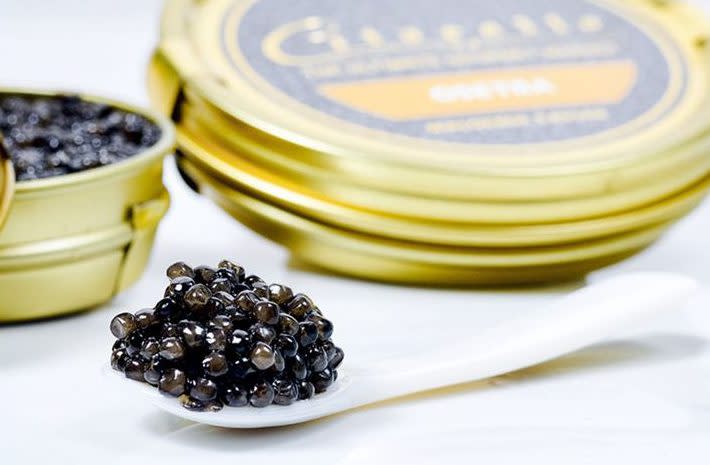
Citarella
Petra Bergstein-Higby is the founder and CEO of The Caviar Company, a site that offers an assortment of caviar that can be delivered to your door. She says that while the company has “certainly seen guests avoiding anything labelled Russian,” the “social climate has given us the opportunity to share more of our founding principles and important details behind our products and caviar in general with consumers.”
The largest misconception? That all caviar must come from Russia. “There is a clear association between caviar and Russia,” she explains. “When we see ‘Russian Osetra’ on labels, this interestingly enough does not indicate that this caviar is a product of Russia. In order to be considered ‘caviar,’ the eggs must come from any one of 27 species of sturgeon fish. Osetra is one of the original species of sturgeon from the Caspian Sea, along with Beluga and Sevruga,” she continues. “Associating Russia with Osetra is merely due to a nickname spawning (pun intended) from the fact that this species was originally found in the wild in the Caspian Sea, and with their heritage originating from the Volga River in Russia that feeds into the Sea.”
These days, Bergstein-Higby explains, the likelihood of (legally) finding Osetra from the Caspian Sea at any restaurant or specialty store in the U.S., is “nearly non-existent” and it’s been that way for the past 10 years. “Due to pollution, overfishing and the industrial blockade of fresh waterways in and out of the Sea, caviar production from the fish still existing in the Caspian Sea today is at an all time low,” she says. “These eggs are also nowhere near what we experience from some incredible high-end sturgeon farms across the globe, committing themselves to farming the Osetra and other species of sturgeon.”
Where Can You Find Non-Russian Caviar Online?
Bergstein-Higby says the lack of information about caviar and lack of alternatives to Russian caviar are exactly why The Caviar Company exists. The company’s mission has always included consumer education, she explains, “bringing attention to the fact that in order to be reputable, delicious, amazing caviar, the eggs do not need to come from Russia.” In fact, The Caviar Company has never sourced from any farms in Russia, making their site a great place to find non-Russian caviar online.
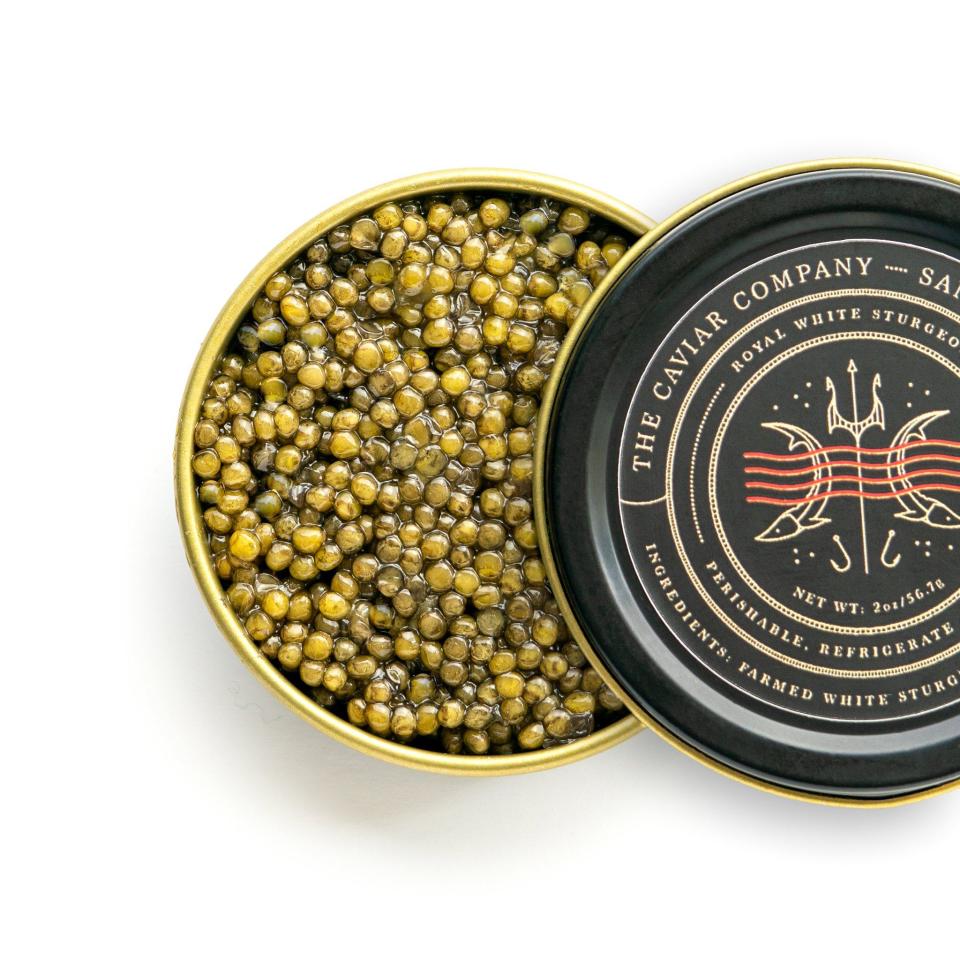
The Caviar Co.
The California caviar, above, is sourced from Northern California and boasts a “silky and nutty taste while finishing with a smooth, earthy savor,” per a description on The Caviar Company website.
Bergstein-Higby says the company is also sourcing domestic caviar from Tennessee and caviar from Israel, Poland and China, which she says is the only place in the world where Kaluga caviar is native. The site says its Kaluga Hybrid caviar (seen below) is “the closest egg to a Beluga” and “what caviar Michelin Chefs use,” with a firmer feel and slightly nutty and creamy flavor.
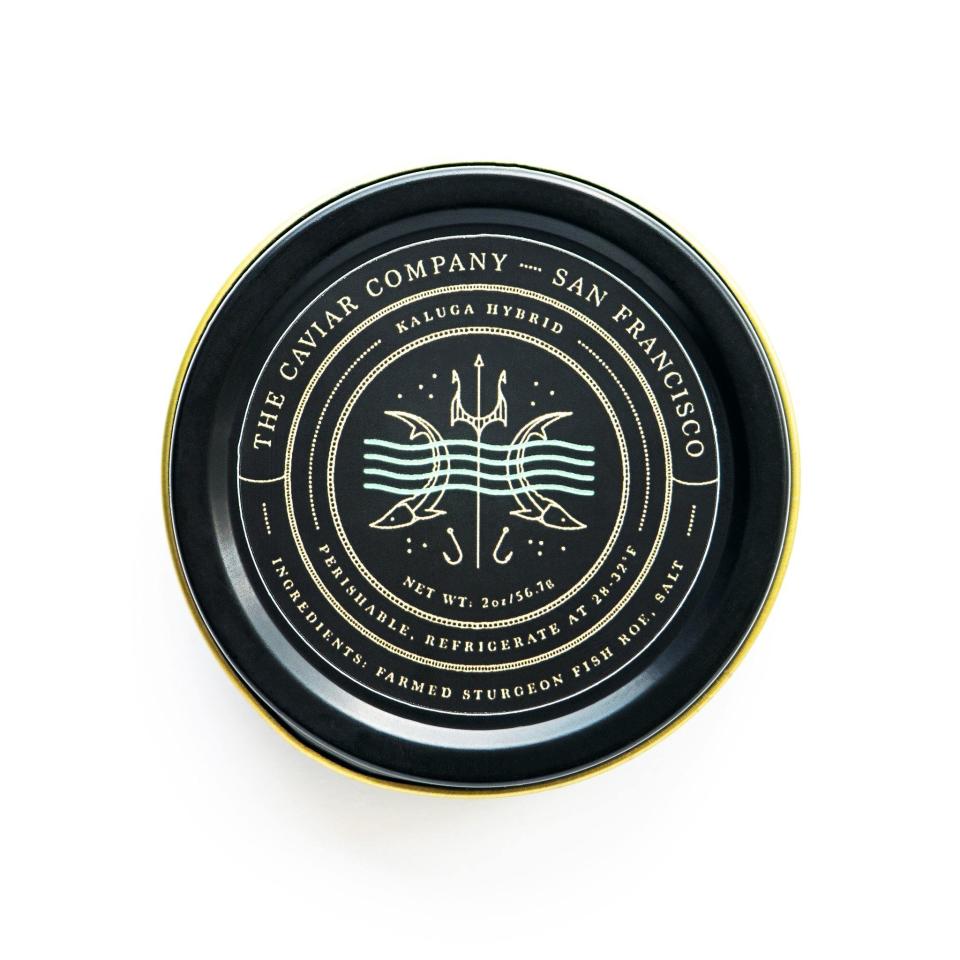
The Caviar Co.
Gurrera, meantime, recommends Citarella’s Beluga Hybrid caviar, which he says delivers a “smooth and buttery caviar blend.” This caviar is only made available for sale after 15 years — the time it takes the sturgeon to mature in order for the caviar to be harvested.
“It requires extraordinary patience to produce high quality caviar, and there’s no rushing quality,” Gurrera stresses. “The roe from sturgeon can take anywhere from six to fifteen years to mature for harvest, so even with advanced techniques, it’s a highly time and labor-intensive process.”
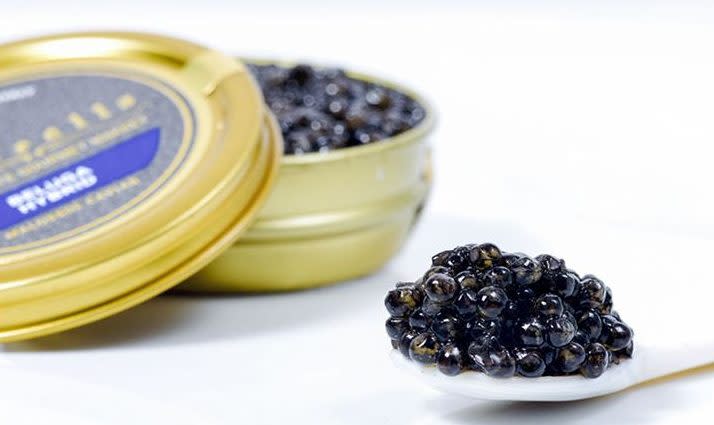
Citarella
Gurrera’s serving suggestions: pair your caviar with a chilled glass of dry Champagne and eat it on its own, off a mother of pearl spoon (reactive metals like stainless steel could change the flavor of your caviar). And avoid serving caviar with crackers, crostini or chips — “The crunch detracts from the overall texture, burst and mouthfeel of the pearls,” Gurrera explains.
What Are the Best Caviar Alternatives?
While there are certainly alternatives to Russian caviar, there are also good alternatives to caviar in general, if you can’t find genuine caviar online or prefer a more affordable caviar option.
Bergstein-Higby suggests a “cousin” to the sturgeon species that is available called Paddlefish (also referred to as “Spoonbill”), that produces eggs with a similar texture and a flavor profile to certain sturgeon species. Starting at just $40 a tin, it’s decidedly cheaper than regular caviar too.
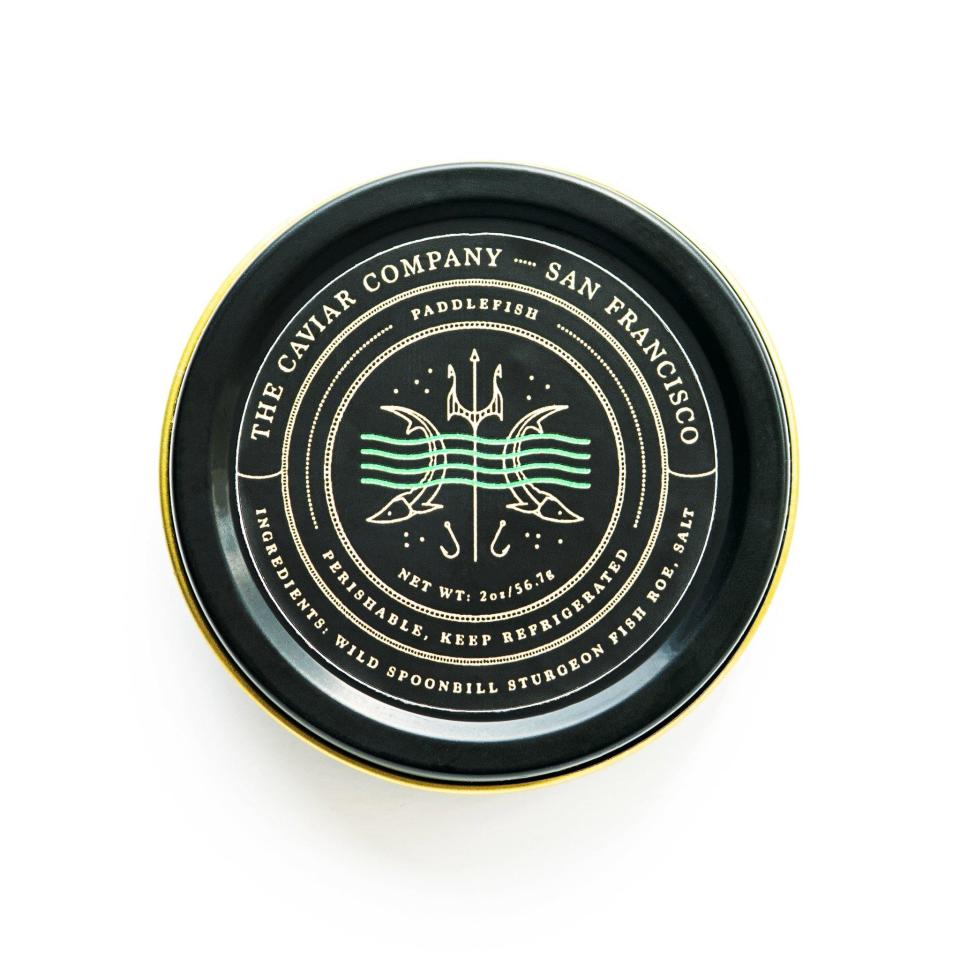
The Caviar Co.
Paddlefish is also a great American alternative to Russian caviar, as the fish is native to the Tennessee Valley river system. In fact, as the online gourmet grocer GoodEggs.com explains, paddlefish roe is often referred to as the “American-style Sevruga,” with a “sharp, sea-breeze finish reminiscent of its Caspian counterpart.”
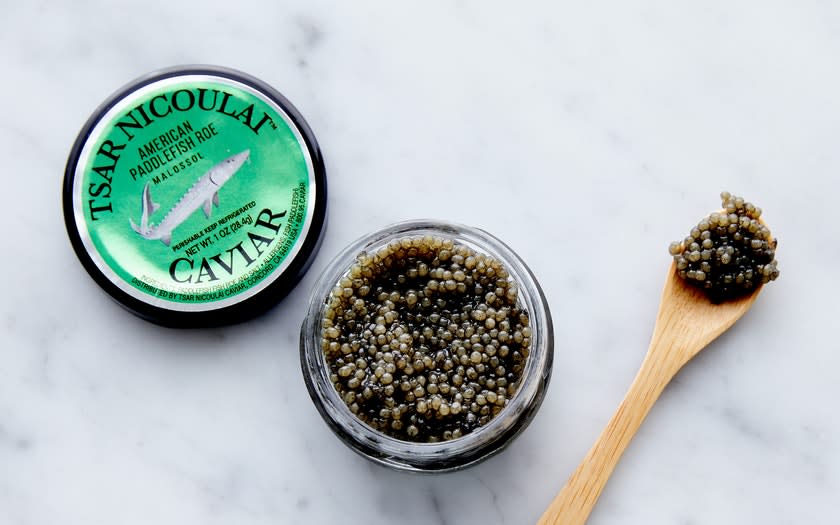
Good Eggs
Of course, if you’re looking for an easy caviar alternative, you can also get the classic salmon or trout roe, which has the distinct orange color and that familiar “pop” of saltiness with a slightly sweet finish. Often seen in sushi platters, the roe is also great served on crackers and bread, or as part of a charcuterie board.
The Caviar Company offers trout roe, smoked trout roe, salmon roe and whitefish roe on its website, for easy ordering and home delivery.
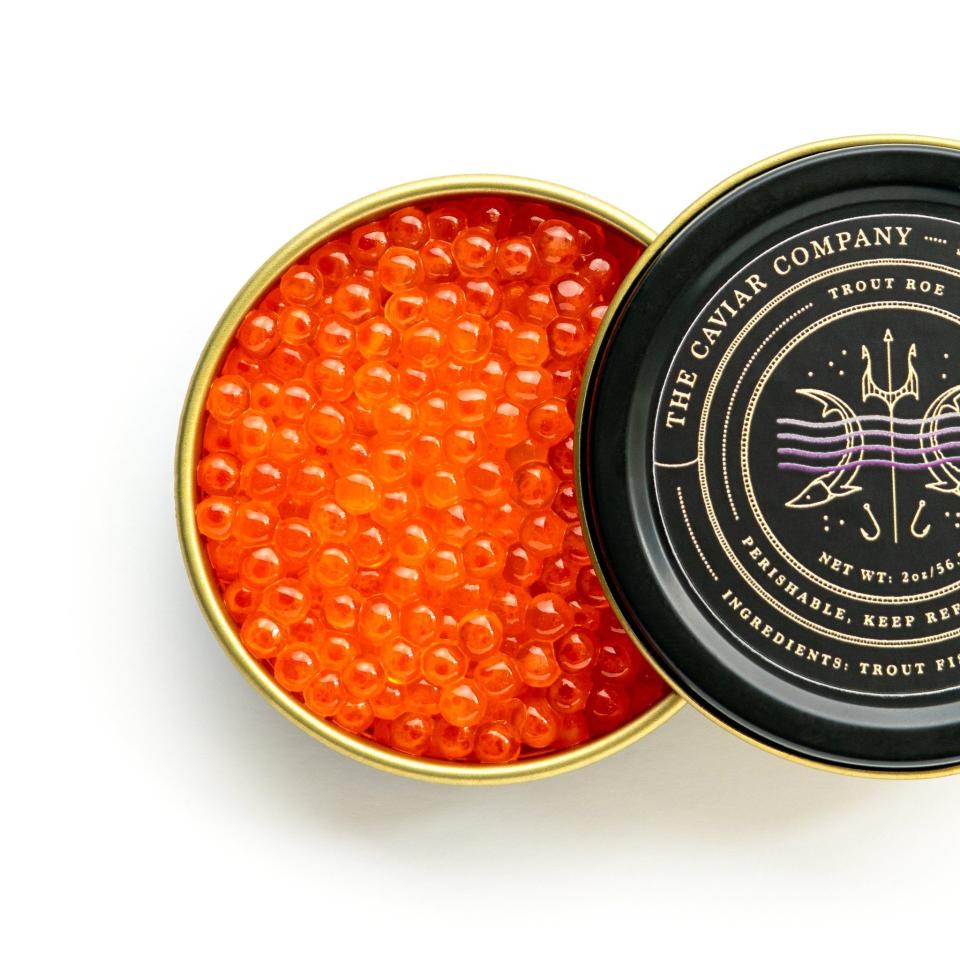
The Caviar Co.
There is a vegetarian alternative for caviar called “Tonburi,” a type of edible seed from the Kochia Scoparia plant. As Bergstein-Higby explains, “This seed is sometimes referred to as ‘mountain caviar’ and has a broccoli flavor.”
It’s difficult to find tonburi online, though Amazon sells a caviar alternative called “Caviart,” made from seaweed. Reviews for the product are somewhat mixed though, with some reviewers saying it lacks the strong taste of caviar, while others herald it for being a decent vegetarian alternative to the real thing.
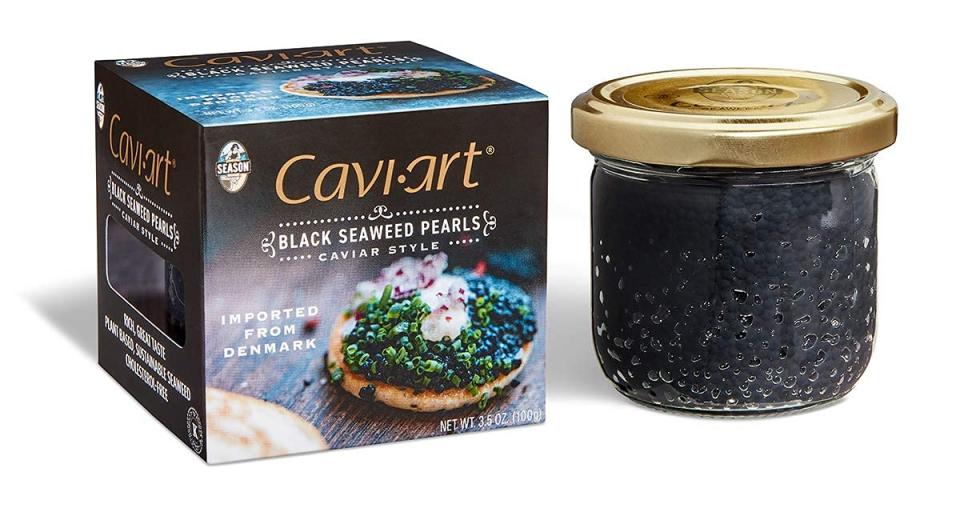
Amazon
Buy: CAVIART Black Seaweed Pearls $8.95
Whether its boycotting Russian caviar or choosing one brand over another, Bergstein-Higby says she’s buoyed by the fact that consumers are putting their money behind what they believe in, adding that “It is great to see how aware guests are when choosing luxury products.”
“Just like any other luxury product,” she says, “I would suggest [that you] do your research, taste when you can, and feel free to ask questions and have conversations about the product.”
Gurrera, meantime, says there are plenty of non-Russian caviar options in the sea (pun intended), and with the wealth of caviar buying options online, it’s made it easy — and guilt-free — to treat yourself. In short, he says, “People should be assured that they can enjoy caviar now more than ever.”
Best of Rolling Stone

